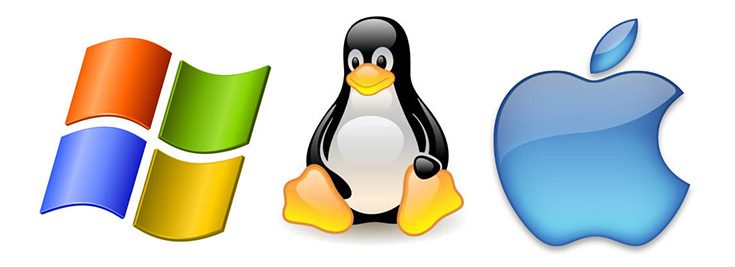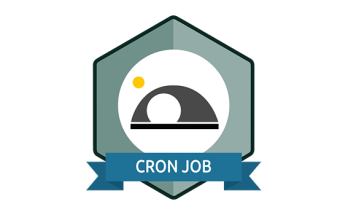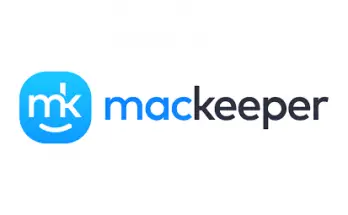Selecting an operating system for your business can be a difficult decision to make. Unlike computers for personal use, there are a greater number of factors to consider. This includes overall performance, user easiness, as well as security. Of course, you have to make sure you pick the right OS to ensure that your business can continue to function without a hitch.
Here are some tips to help you choose an operating system for your company.
Windows
Let’s start with Windows because it’s one of the most popular operating systems in the market right now. After all, at last count, around 80 percent of the overall market was running this particular OS. On the one hand, this is certainly an advantage. This means that you won’t really have to train your employees as they will already be familiar with the overall structure.
Also, because it is so prevalent, you will have no trouble finding additional software. Not to mention, support is freely available and thus, you should be able to get most issues sorted out relatively quickly. Last but not least, thanks to frequent changes and updates, this OS offers most management features that you require.
This doesn’t mean that it’s not without its problems. As a business, one of the main elements that you will have to focus on is cost. And, Windows licensing fees and products can get quite pricey when you cater to a large number of people. This is why you will find that this OS is more suitable for small businesses.
Perhaps what most business owners worry about are the security risks. It is no surprise that of all the operating systems available, Windows has a reputation for being most prone to attacks. This is largely because hackers are quite familiar with the system, making it easier for them to find loopholes. That being said, this problem can be overcome by staying on top of security updates.
Linux
One way Linux beats Windows in terms of affordability is the fact that it is free. So there is no investment involved for you. Furthermore, as you already know, Linux isn’t a complete OS, but rather a kernel. The upside of this, of course, is that will be able to select from its related distros such as the highly reputed Ubuntu.
It is these distros that allow you to modify Linux as you like. Thus, you will find it easier to tailor the operating system to specifically suit your business’ needs. You can enjoy an overall smoother performance as well. Now, compared to Windows, Linux tends to be more secure and as a result, it is less prone to viruses and similar security risks.
Before you go ahead and install Linux on your computers, though, you should be aware of the drawbacks of the kernel. Since it can be modified, this makes Linux rather complicated to use. Thus, you will have to rely on employees with specified skills to handle this, and they aren’t easy to come by. Also, since there are fewer programs written for Linux, you will have to find someone who is able to create new programs for your business.
Mac OS
Finally, there is the Mac OS Mojave, the latest of the Apple operating systems. Now, if you are a small business owner, it may not have occurred to you to even consider this particular OS due to the cost. It can often seem like Mac computers are so much more expensive than other brands on the market. However, you may find that executive-level computers from other brands may come close to the Mac in the cost department.
Certainly, what draws most people to the Mac operating system is the high level of security enjoyed by its users. Compared to both the OS’s mentioned above, the Mojave is one of the most secure systems available. As such, most malware, hackers, and other security risks will find it difficult to tap into the system. You will also notice that there are fewer software issues to deal with. On the whole, if you decide to install this operating system on your computers, you will have fewer fires to put out.
The problem with the Mac OS, though, is that it isn’t a necessity for all employees unless you work for a graphic design company. This is why you may want to offer this OS only to those with specialized jobs or happen to be executive managers. Ideally, between 10 and 25 percent of your company, to enjoy the highest level of performance.
Conclusion
These are some important points to know when choosing an operating system for your business. Carefully weigh the pros and cons of each OS and you may find one that’s compatible with your company’s operations.



